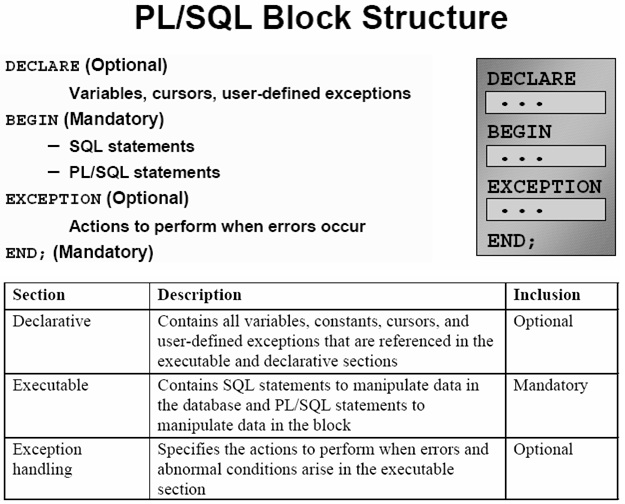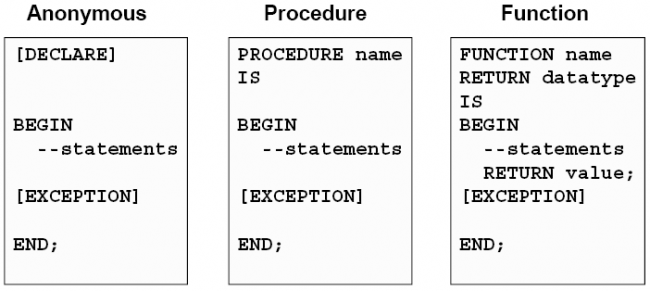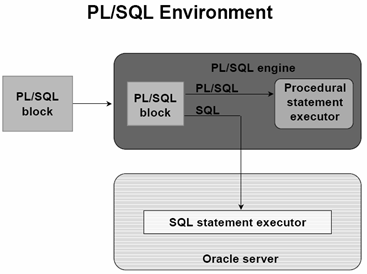For Registering the Executable from backend.
PROMPT Creating Concurrent Executable XXM_XYZ_EMPLOYEE ……
PROMPT
BEGIN
FND_PROGRAM.executable(‘XXM_XYZ_EMPLOYEE’ — executable
, ‘ABC’ — application
, ‘ABC_XYZ_EMPLOYEE’ — short_name
, ‘Executable for Migrating Employee’ — description
, ‘PL/SQL Stored Procedure’ — execution_method
, ‘abc_xyz_employee_pkg.create_employee’ — execution_file_name
, ” — subroutine_name
, ” — icon_name
, ‘US’ — language_code
, ”);
END;
/
For Registering the Concurrent program for the Executable file created.
PROMPT Creating Concurrent Program ABC_XYZ_EMPLOYEE …
PROMPT
BEGIN
FND_PROGRAM.register(‘ABC Data migration program for HR-Employee’ — program
, ‘XXM’ — application
, ‘Y’ — enabled
, ‘ABC_XYZ_EMPLOYEE’ — short_name
, ‘Data Migration Program for Migrating HR-Employee’ — description
, ‘ABC_XYZ_EMPLOYEE’ — executable_short_name
, ‘XYZ’ — executable_application
, ” — execution_options
, ” — priority
, ‘Y’ — save_output
, ‘Y’ — print
, ” — cols
, ” — rows
, ” — style
, ‘N’ — style_required
, ” — printer
, ” — request_type
, ” — request_type_application
, ‘Y’ — use_in_srs
, ‘N’ — allow_disabled_values
, ‘N’ — run_alone
, ‘TEXT’ — output_type
, ‘N’ — enable_trace
, ‘Y’ — restart
, ‘Y’ — nls_compliant
, ” — icon_name
, ‘US’); — language_code
END;
/
For attaching the concurrent program to the request group.
PROMPT Adding Concurrent program to request group ‘XYZ Group’
PROMPT
BEGIN
FND_PROGRAM.add_to_group(‘XYZ_ABC_EMPLOYEE’ — program_short_name
, ‘XYZ’ — application
, ‘XYZ Group’ — Report Group Name
, ‘XYZ’); — Report Group Application
END;
/
Submit the Concurrent Program from Backend.
Submit Program is the Function. where. we need to pass the Application name, Program, stage etc.
function FND_SUBMIT.SUBMIT_PROGRAM
(application IN varchar2,
program IN varchar2,
stage IN varchar2,
argument1,…argument100)
return boolean;
PROMPT Submitting the Concurrent Program from backend.
PROMPT
BEGIN
–fnd_global.apps_initialize( user_id => , resp_id => , resp_appl_id => );
l_success := fnd_submit.set_request_set(‘‘, ‘‘);
IF l_success = TRUE
THEN
l_success := fnd_submit.submit_program(
‘‘ –Application
,’‘ — program
,’‘ –Stage
,’NEW’ — Arument1
,’10’ -Arument2
,’N’
,’N’
,’N’);
— If fail then for the log record.
IF (NOT l_success)
THEN
fnd_file.put_line(
fnd_file.LOG
,’Request submission of stage STAGE FAILED’);
ELSE
fnd_file.put_line(
fnd_file.LOG
,’Request submission of stage STAGE10 SUCCESSFUL’);
END IF;
l_req_id := fnd_submit.submit_set(NULL, FALSE );
IF (l_req_id <= 0) THEN fnd_file.put_line( fnd_file.LOG ,’REQUEST SET SUBMISSION FAILED’); ELSE fnd_file.put_line( fnd_file.LOG ,’REQUEST SET SUBMITTED SUCCESSFULLY: ‘ || l_req_id); END IF; END IF; END;
I hope the above document is helpful to all of you for understanding the backend process and API’s to register the program and submit from the backend.




Recent Comments